Dark energy
Dark energy and accelerating expansion
Scientists call dark energy. The existence of this dark energy is needed to explain the accelerating expansion of the Universe. This hypothetical energy uniformly filling the entire universe and with negative pressure which acts as a repulsive gravitational force. They'll even discover the very special value of this vacuum energy. This energy would be an order of magnitude which is written with a zero, followed by 122 zero before the number one. However, this extremely small value, much lower than expected by the equations, explain why the matter of our universe exists. If only we remove 3 or 4 zeros, which is very little, the acceleration would be so fast that the matter could not organize itself to form stars and galaxies. In this concept each value of the dark energy represents a different universe.
Video: simulation of the structure of the Universe, represented by 550 billion dark matter particles, each corresponding to a galaxy. The film shows how the universe goes from a uniform soup its current state, where immense voids are crossed by filaments which include galaxies. Credit: CNRS-picture film 9 minutes on DEUS (Dark Energy Universe Simulation) experiment conducted by the team of Jean-Michel Alimi.
Standard candles
In 1929, Edwin Hubble discovered that galaxies are receding more quickly they are distant. Our universe is expanding, what is the Hubble constant (H = 70 km / s / Mpc), which gives this speed depending on the distance at which it is observed (speed = H x distance). This is not an extraordinary expansion because it gives only an increase of the distance of 7% per billion years. Since several methods of observation have corroborated the hypothesis of the accelerating expansion of the universe (standard candles, standard rules,...).
A supernova is a gravitational collapse of stars with a mass greater than 8 solar masses. These events are rare in a galaxy (1 per century), but when the star explodes it is as bright as the galaxy itself. In addition they are true standard candles because they shine up to 400 days after explosion with a perceived brightness which allows us to determine the distance and speed of the galaxies. Thus identifying extremely distant galaxies and in particular those that host cosmic standard candles we can study the evolution of the universe in the past.
The method of standard candles confirms the accelerating expansion of the universe and thus the existence of a new component called dark energy. The Universe is incredibly "empty" of matter, there is one atom per cubic meter. It is composed of 4% baryonic matter, 23% cold dark matter and non-baryonic and 73% black or dark energy.
NB: to search supernovae, we photograph a region of galaxies and a month later we take again a picture, then by treating the two images, the bright objects are subtracted to identify the supernova present in the second picture. This search is performed with larger telescopes Planets (Gemini, CFHT, VLT).
Image: BX442 spiral galaxy located at 10.7 billion years. Image of the Hubble Space Telescope (HST). HST / Keck false color composite image of the galaxy BX442 credit: David Law / Dunlap Institute for Astronomy & Astrophysics.
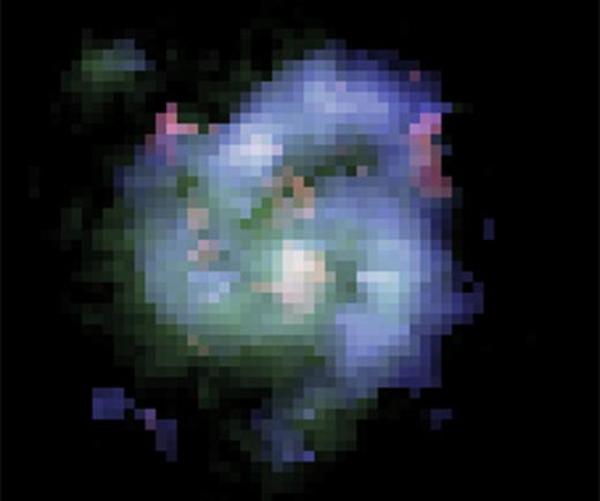
Articles on the same theme
1997 © Astronoo.com − Astronomy, Astrophysics, Evolution and Ecology.
"The data available on this site may be used provided that the source is duly acknowledged."
How Google uses data
Legal mentions
English Sitemap − Full Sitemap
Contact the author
 How can the Universe measure 93 billion light-years?
How can the Universe measure 93 billion light-years?  How can we say that the Universe has an age?
How can we say that the Universe has an age?  First Proof of the Expansion of the Universe
First Proof of the Expansion of the Universe  Space-time slices of the observable Universe
Space-time slices of the observable Universe  Dark Ages of
the Universe
Dark Ages of
the Universe  Alternative theories to the accelerated expansion of the universe
Alternative theories to the accelerated expansion of the universe  The primitive atom of Abbot Georges Lemaître
The primitive atom of Abbot Georges Lemaître  Great walls and filaments: the great structures of the Universe
Great walls and filaments: the great structures of the Universe  Always closer to the Big Bang
Always closer to the Big Bang  Lyman-alpha Blobs: Gaseous Traces of the First Galaxies
Lyman-alpha Blobs: Gaseous Traces of the First Galaxies  Gamma-Ray Bursts: The Ultimate Breath of Giant Stars
Gamma-Ray Bursts: The Ultimate Breath of Giant Stars  Perspective on the Inflation of the Universe
Perspective on the Inflation of the Universe  The Planck Universe: the Image of the Universe Becomes Clearer
The Planck Universe: the Image of the Universe Becomes Clearer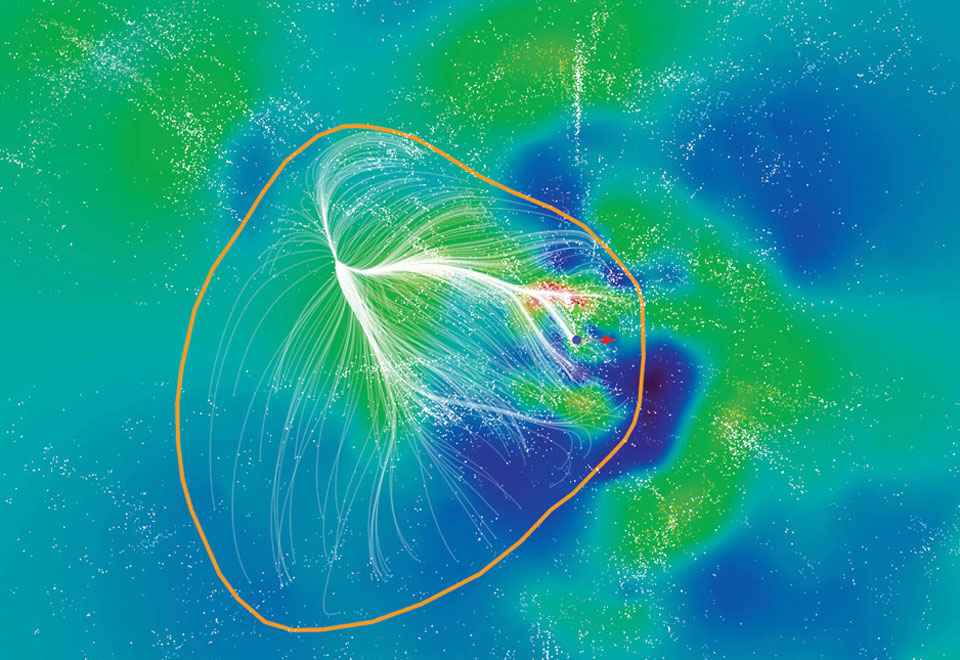 The sky is immense with Laniakea
The sky is immense with Laniakea  Abundance of chemical elements in the Universe
Abundance of chemical elements in the Universe  The Symmetries of the Universe: A Journey Between Mathematics and Physical Reality
The Symmetries of the Universe: A Journey Between Mathematics and Physical Reality 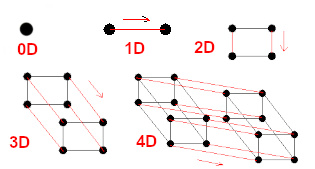 The geometry
of time
The geometry
of time  How to measure distances in the Universe?
How to measure distances in the Universe?  Do nothingness and emptiness exist?
Do nothingness and emptiness exist?  The Horizon Problem: Understanding the Uniformity of the Cosmos
The Horizon Problem: Understanding the Uniformity of the Cosmos  The first second of our history
The first second of our history  Does dark matter exist?
Does dark matter exist?  Metaverse, the next stage of evolution
Metaverse, the next stage of evolution  The multiverse long before the Big Bang
The multiverse long before the Big Bang 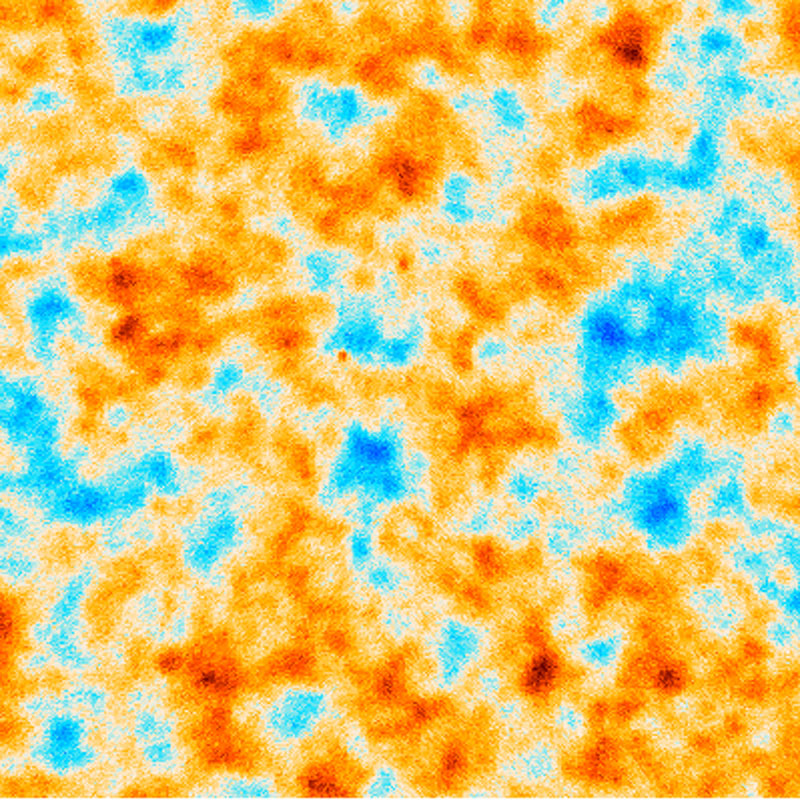 What is recombination in cosmology?
What is recombination in cosmology?  The cosmological and physical constants of our Universe
The cosmological and physical constants of our Universe 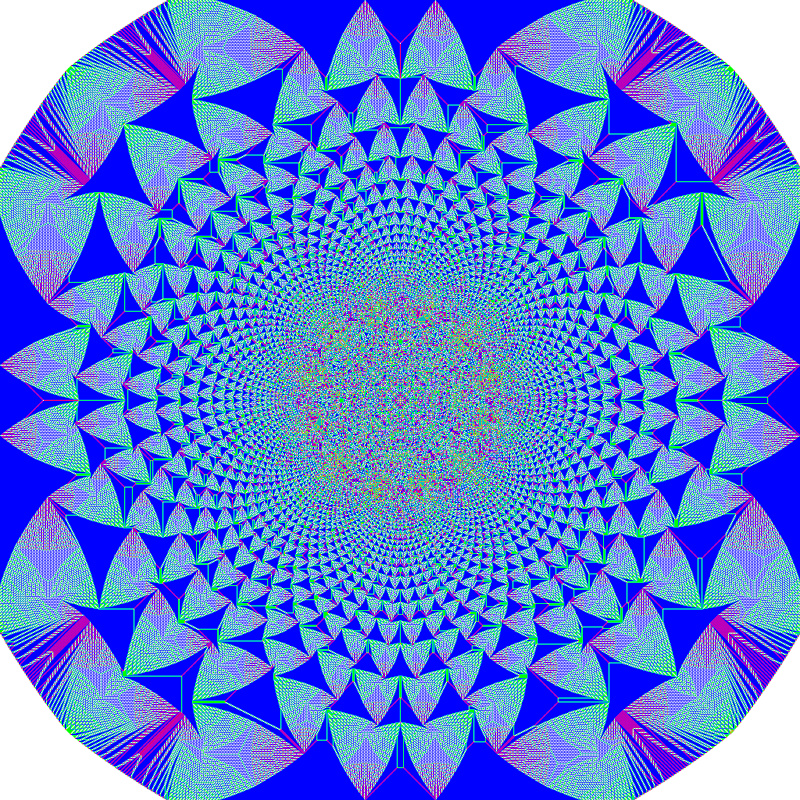 Thermodynamics of the sand pile
Thermodynamics of the sand pile  What does the equation E=mc2 really mean?
What does the equation E=mc2 really mean? 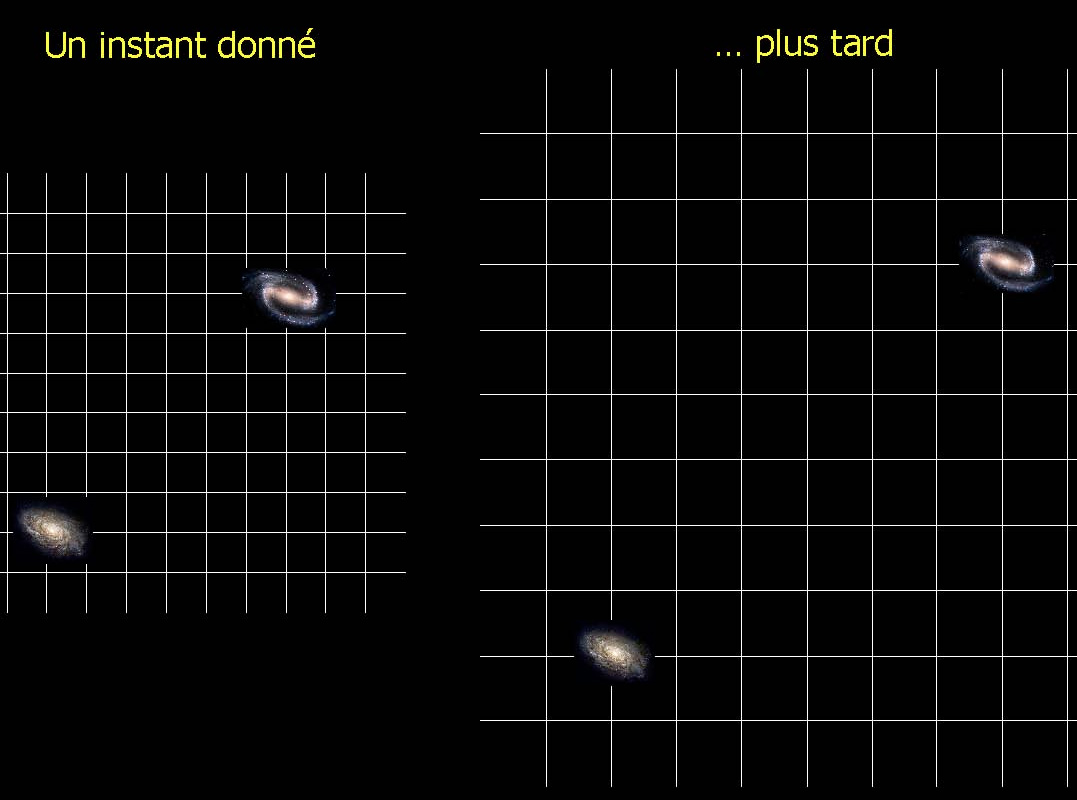 The engine of the accelerated expansion of the Universe
The engine of the accelerated expansion of the Universe 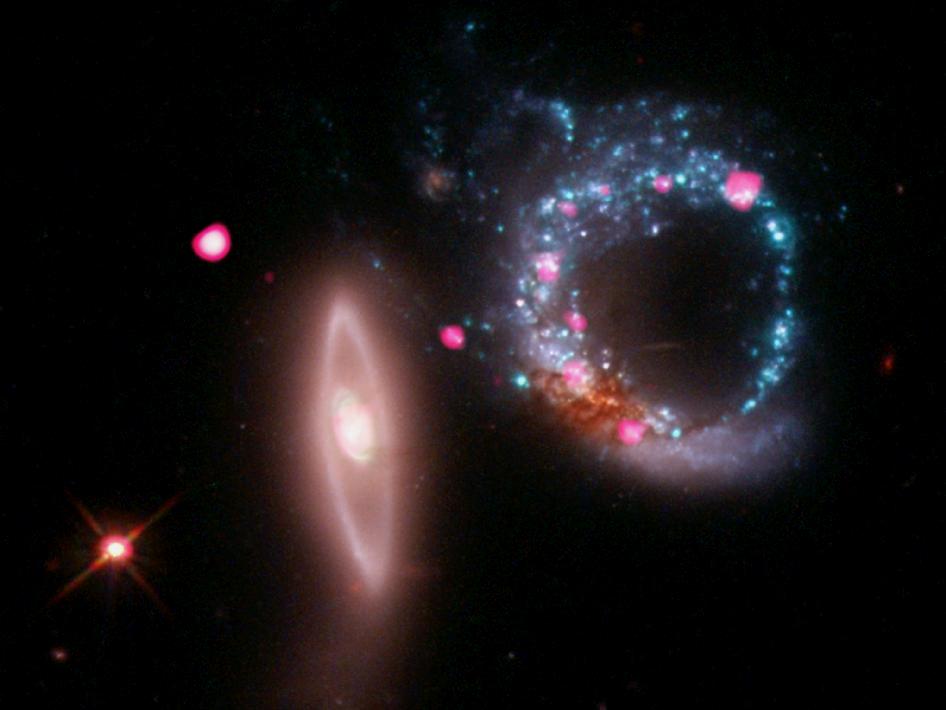 The
Universe of X-rays
The
Universe of X-rays  Hubble constant and expansion of the Universe
Hubble constant and expansion of the Universe  Dark energy
is needed
Dark energy
is needed  Gravitational waves
Gravitational waves 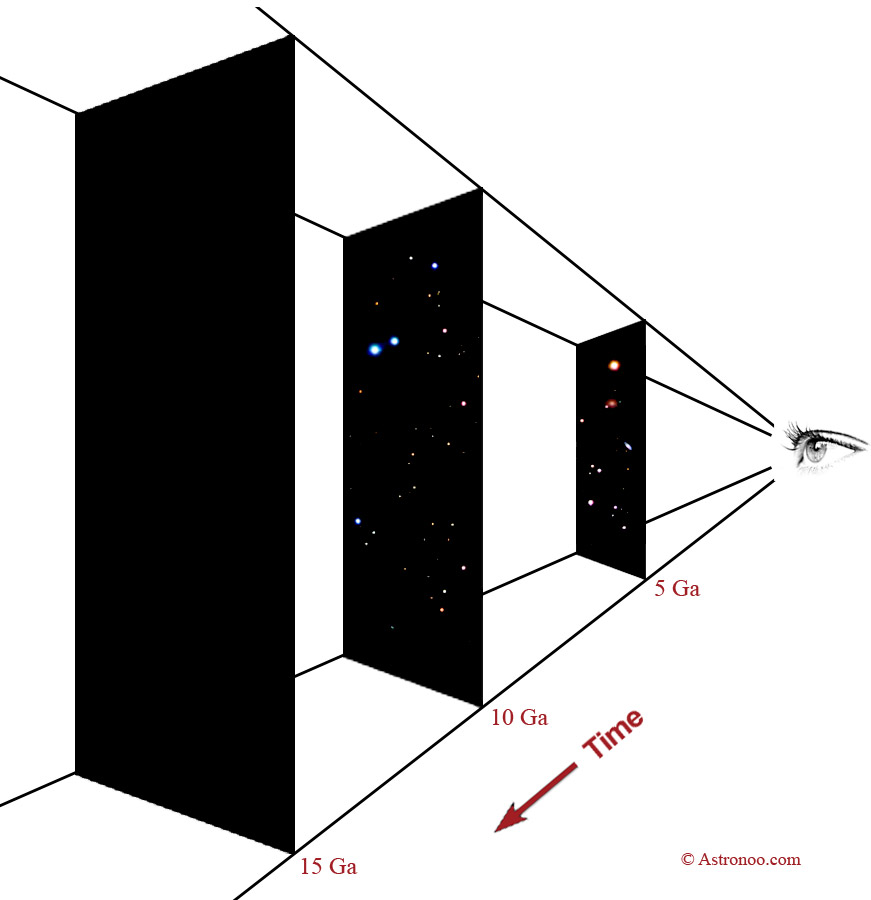 How
big is the universe?
How
big is the universe? 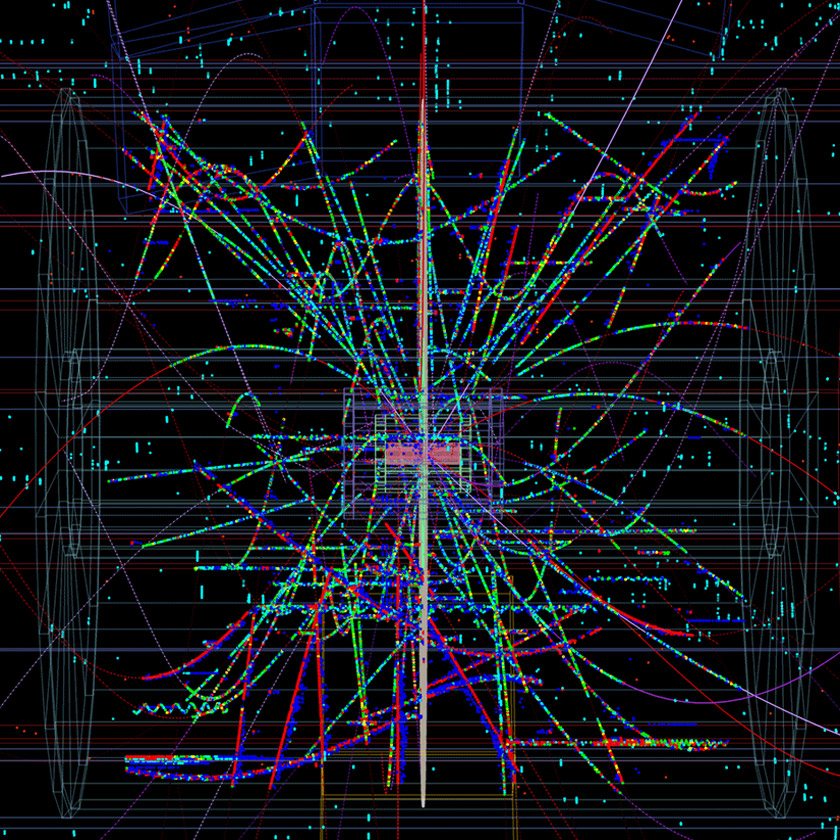 The vacuum has considerable energy
The vacuum has considerable energy  Paradox of the dark night
Paradox of the dark night  Paradoxes in physics
Paradoxes in physics